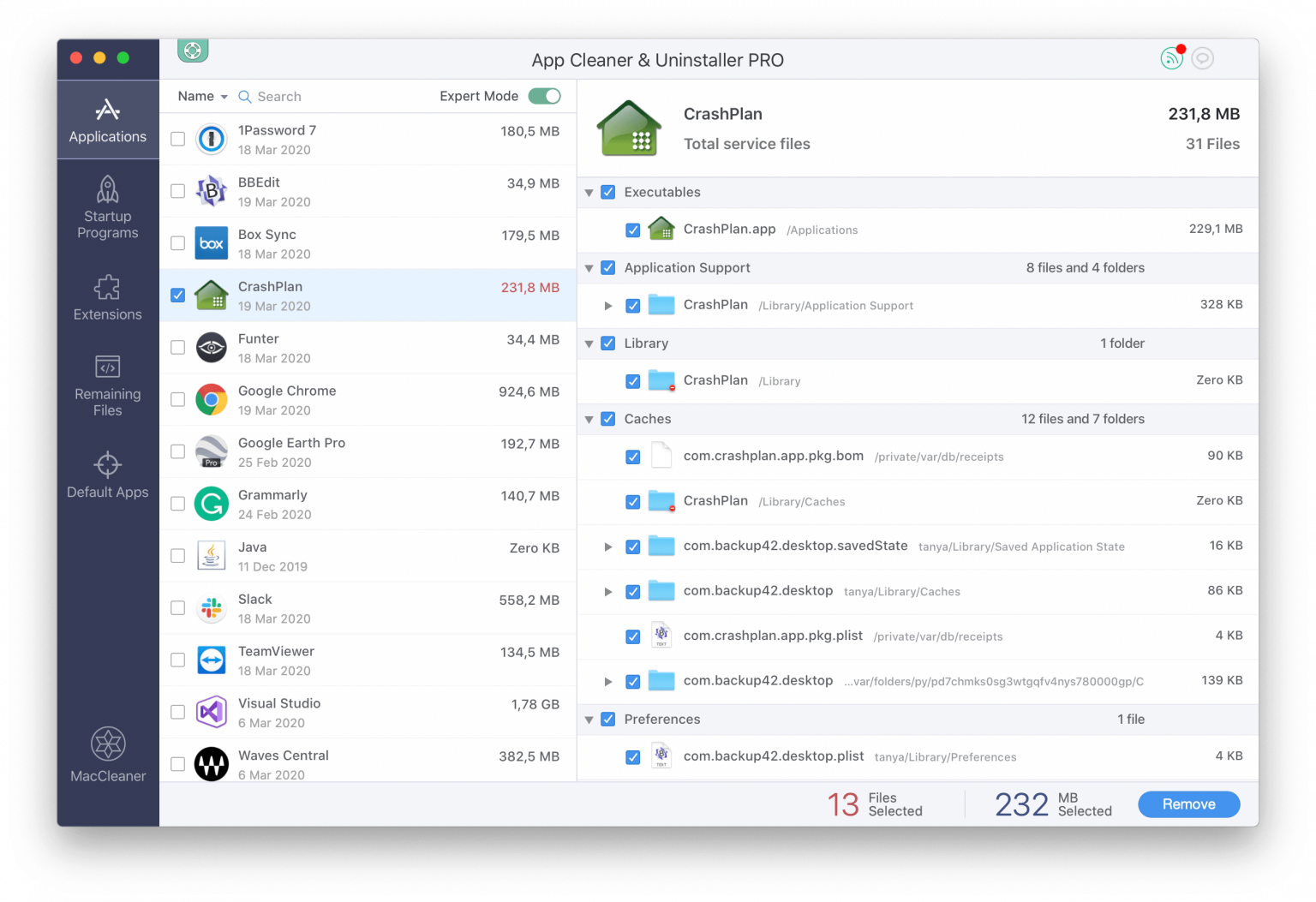

To increase the heap size limit, adjust the -Xmx option in /opt/crashplan/bin/run.conf to a reasonable value for your system. If the server runs out of memory it will silently restart, and usually get stuck restarting as it continually reaches the memory limit. This can be fixed by following the instructions here.įor backup sets containing large numbers of files, the default maximum heap size may not be large enough because the memory required scales with the number of files to back up. On systems with Gnome 3 installed, or with libwebkit-gtk installed, there may be an issue where the GUI crashes on launch.
#CRASHPLAN UPDATE HOW TO#
Systemd since version 241 sets this option to 1 by default refer to the systemd documentation for how to correctly change it, and see Sysctl for more information. The protection can be disabled to permit the restore to occur with This can be caused by the sysctl variable fs.protected_fifos restricting the engine (running as root) from connecting to a named pipe owned by the desktop user contained in /tmp (similar to tmpfs#Opening symlinks in tmpfs as root fails). If a restore gets stuck at «Preparing», it may be due to a permission restriction on /tmp that causes communication between the restore tool and backup engine to fail. Make sure to create the new tmpdir and verify CrashPlan's user has access to it. SRV_JAVA_OPTS="-Djava.io.tmpdir=/var/tmp/crashplan -Dfile.encoding=UTF-8 … To change the tmpdir CrashPlan uses, open /opt/crashplan/bin/run.conf and insert -Djava.io.tmpdir=/new-tempdir to SRV_JAVA_OPTS, for example: You can either remove the noexec mount option (not recommended) or change the tmpdir CrashPlan is using. It uses the default Java tmp dir which is normally /tmp. If the backup is stuck on «Waiting for Backup» even after you engage it manually, it might be that CrashPlan cannot access the tempdir or it is mounted as noexec. Note that this method can be less secure than tunneling traffic through an SSH tunnel.

A post by Bryan Ross details how to make CrashPlan Desktop connect directly to CrashPlan Engine.The CrashPlan support site details a slightly more complicated method of tunneling traffic from the client (CrashPlan Desktop) to the daemon (CrashPlan Engine) through an SSH tunnel.More ideas can be found on these websites: Note that the authentication token (located in /var/lib/crashplan/.ui_info) on the local and remote servers must match. (Again, the executable is named CrashPlanDesktop.) On the client: ssh -N -L 4243:localhost:4243. Start the CrashPlan daemon on the server.Thus, an easy way of configuring the CrashPlan daemon on a headless server is to create an SSH tunnel:

On CrashPlan v4.x and below, the client and daemon communicate on port 4243 by default. If you have problems, check /opt/crashplan/log/ui_error.log.
#CRASHPLAN UPDATE WINDOWS#
The headless machine's windows will appear on the local X11 server. The CrashPlan daemon's configuration files (in /opt/crashplan/conf) are in an obscure XML format, and they are meant to be edited programmatically by the CrashPlan client.ĬrashPlan 5 introduced a new client which unfortunately dropped support for configuring a remote server with a local client, so you will need to use X11 forwarding.Įnsure that X11Forwarding is set to yes in the headless server's /etc/ssh/sshd_config and from another machine running X11, SSH to the headless machine with -Y, and from the remote shell run CrashPlanDesktop. Running CrashPlan on a headless server is not officially supported. To make CrashPlan automatically start upon system startup, enable the systemd unit. 3 Running Crashplan on a headless serverīefore accessing CrashPlan's graphical user interface, you should start the rvice unit.ĬrashPlan can be configured entirely through its graphical user interface.


 0 kommentar(er)
0 kommentar(er)
